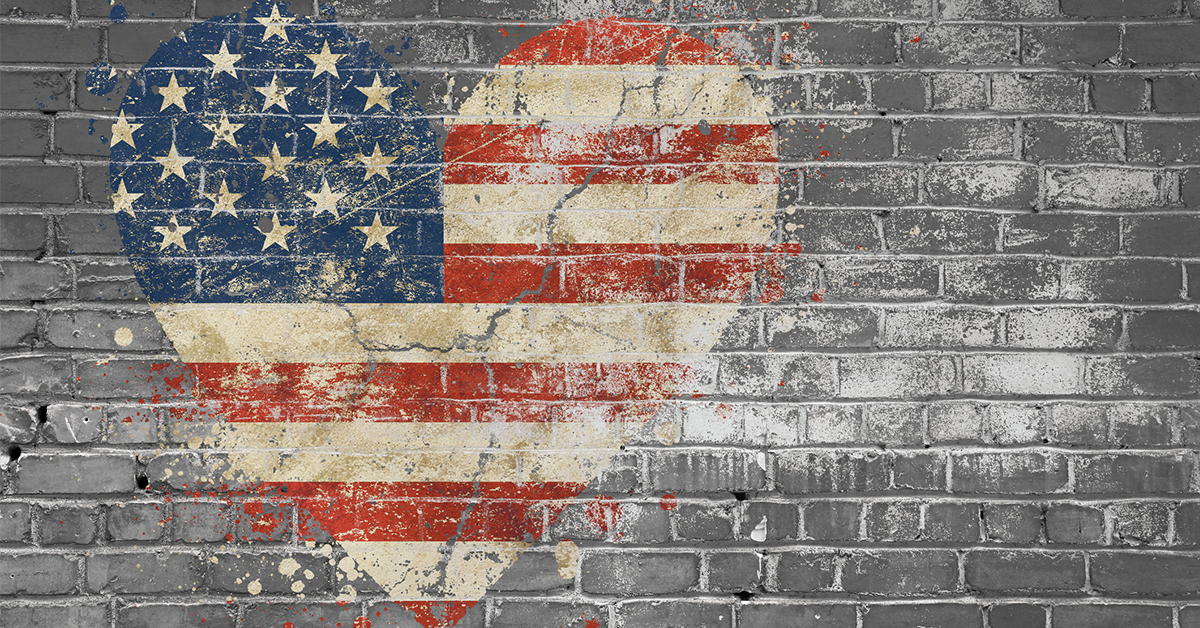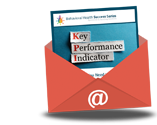
21 Dec The State of Mental Health in America 2021: Youth Prevalence and Access to Care
Part Two in a Series
The 2010 Patient Protection and Affordable Care Act, also known as the ACA, greatly expanded both access and affordability for healthcare. Mental health was also addressed, under a portion of the ACA known as the Mental Health Parity and Addiction Equity Act (MHPAEA). This law is designed to ensure that mental health and substance use disorders are treated equally to physical health conditions. But some question how well it’s working.
Mental Health America (MHA), founded in 1909, releases an annual study known as The State of Mental Health in America. The data collected by this nonprofit mental health advocacy organization is used to track and assess the status of mental health, and the successes and failures of various government policies, across the United States.
Although this is a massive effort, there is no way to take all factors into account. In 2020, the COVID-19 pandemic swept the globe, triggering a vast mental health crisis that we are just beginning to understand. The data for the 2021 report was collected before COVID-19, but the report does note some of the pandemic’s effects based on a different set of data.
The State of Mental Health America project covers both adult and youth mental health, and we have chosen to break down our coverage into two parts. Our previous article with the results from the Adult Mental Health study can be read here. In this article, we will take a look at what the study shows for youth ages 12 to 17, and how it differs from last year’s data.
Key Takeaways
- 13.84% of youth are coping with depression, up from 13.01% last year (an increase of 206,000 people)
- 9.7% of youth (more than 2.3 million people) have severe depression. This number climbs to 12.4% in youth who identify as more than one race.
- 60% of young people with depression are receiving no mental health treatment at all
- Only 27% of youth with depression report consistent care
- The number of young people whose private insurance does not cover mental health declined by 0.3% since last year, but 901,000 insured youth are still without adequate mental health coverage
- Substance use disorder in youth declined slightly, from 4.13% last year to 3.83%
Prevalence of Mental Illness
According to the study, the percentage of young people experiencing at least one major depressive episode in the past year climbed from 13.01% to 13.84%. The rate of severe depression also rose by 126,000 people to 9.7%. For youth identifying as more than one race, a staggering 12.4% reported severe depression. Substance abuse continues to slowly decline, dropping by 0.3% since last year. However, it’s important to be aware that depression and substance abuse often overlap. While the study does not address the numbers, some portion of young people are coping with both issues simultaneously.
Access to Care
Though mental health advocates continue to fight for access to care, a stunning 60% of youth with major depression are receiving no treatment, and just 27% report consistent care. Despite the ACA, many young people with insurance are not adequately covered for mental health issues, though this number is slowly decreasing.
While it is has long fallen to schools to identify students with “emotional disturbances” (mental illnesses that interfere with success at school) and intervene by providing Individualized Education Programs (IEPs), it’s not working well. Though youth mental health continues to worsen–just 0.757% of students have IEPs for emotional disturbances. This is a very slight improvement from 0.73% last year, but it shows that there is still a long way to go. Early identification and intervention is vital to improving outcomes in the long term.
Variations by State
If the COVID-19 pandemic has taught us anything, it’s that the United States does very little as a single unit. Every state’s public health response is different, based on local health officials’ advice, political concerns, and other factors. For both adults and youth, prevalence of mental health and substance abuse disorders, along with access to care, varies widely depending on geographic location.
The percentage of youth experiencing at least one major depressive episode climbed nationwide, from 13.01% to 13.84%, but it also climbed in individual states. Washington, DC still has the lowest rate, rising from 10.49% to 10.53%, and Oregon still has the highest, climbing from 16.34% to 17.57%. Rates of youth without treatment rose overall to approximately 60%, but they vary by state, from 38.6% in Maine to 71% in Nevada. The percentage of insured youth without adequate mental health coverage declined slightly overall. This is reflected in the state numbers as well, ranging from 0.6% in Vermont to 14.8% in South Carolina.
Putting It All Together
To account for these disparities, Mental Health America has developed a state ranking system. Overall Ranking indicates both lower prevalence of mental health concerns and better access to care, based on 15 factors that account for both adults and children. The rankings shifted year over year.
From the latest data, Vermont ranks the best, up from third last year. Pennsylvania is second (down from first), and Massachusetts claims third. For the second year in a row, Nevada is at the bottom. Idaho and Alaska are also in the bottom three. When ranking solely for youth, Vermont is number one this year, followed by Pennsylvania and Washington, DC. The lowest scores go to Nevada, New Mexico, and Arizona.
The study shows that even before the COVID-19 pandemic hit, youth mental health was worsening in the United States. Kids living in states that have made mental health parity a top focus tend to fare better than those in states with different priorities.
COVID-19
COVID-19 hit in 2020, after the dataset in the report was collected. But MHA included an addendum based on the organization’s online mental health screenings, which shows a shocking acceleration in mental health concerns. The percentage of people taking a screening who were ages 11 to 17 increased by 9% year over year, and comprises 38% of all screeners. They were also the most likely to experience serious symptoms.
Though anxiety and depression rates rose dramatically across all age groups, they were most pronounced in young people, with 82.88% of those who took an anxiety screening scoring moderate to severe and 90.2% of those who took a depression screen scoring moderate to severe. Young people also had the highest rates of suicidal ideation, with a stunning 51% of youth who took a depression screening reporting frequent thoughts of self-harm. Among LGBTQ+ young people, 62% reported these thoughts.
The long-term impacts of COVID-19 on mental health are yet to be revealed. But in the short term, it is easy to see that we are facing an unprecedented mental health crisis sparked by the pandemic.



Sorry, the comment form is closed at this time.